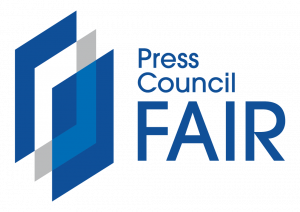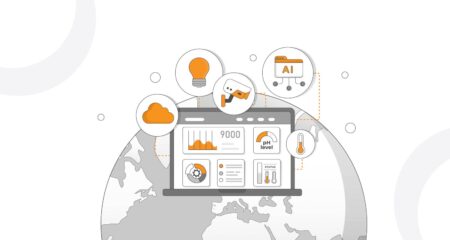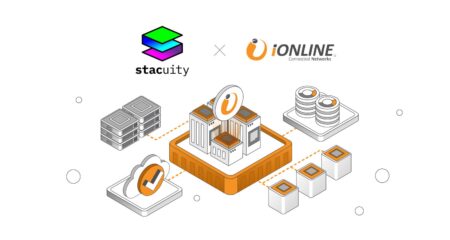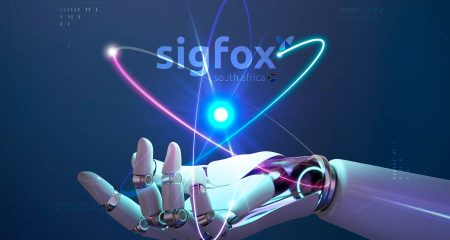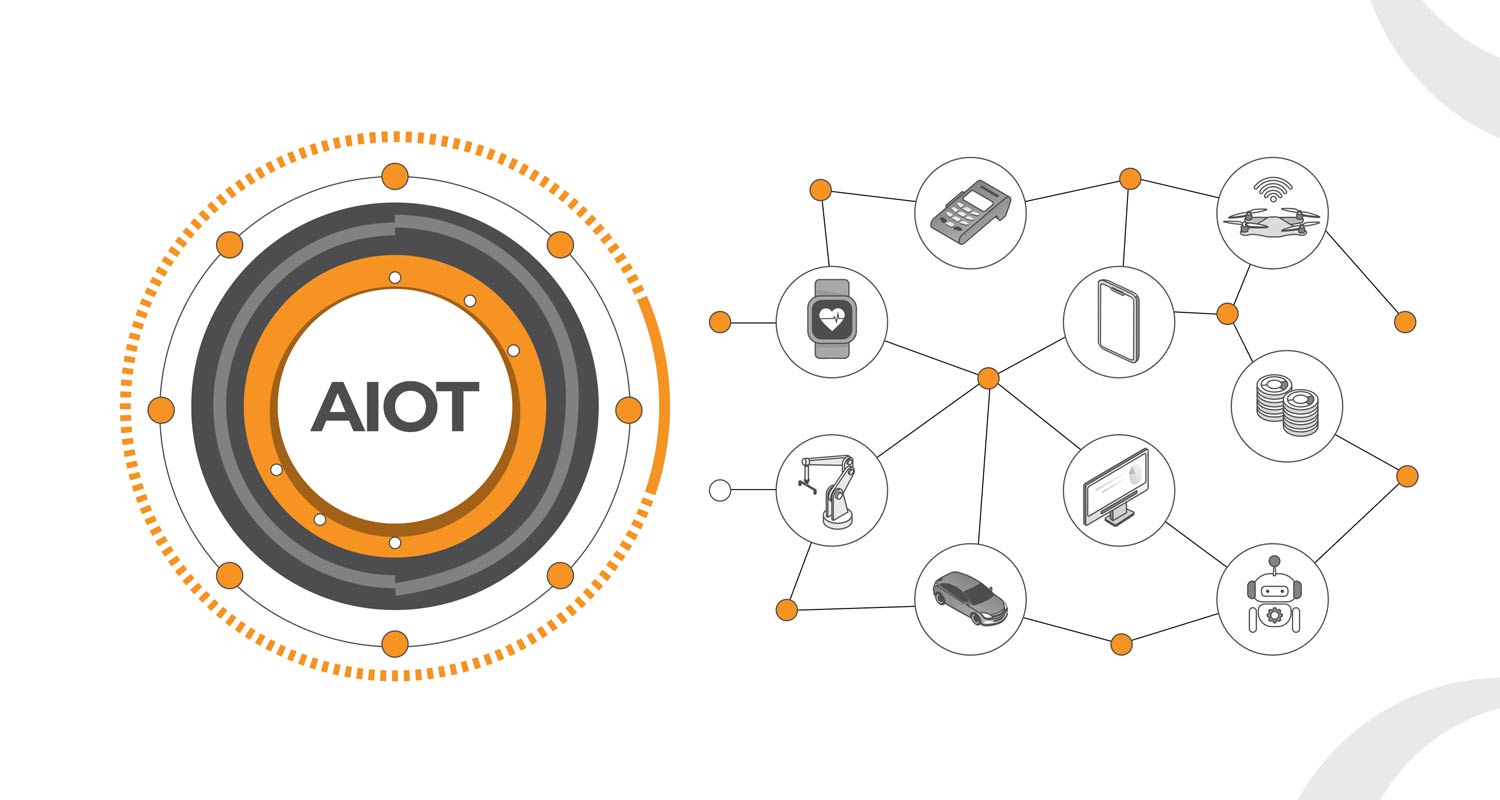
Picture this. At a leading automotive manufacturing plant, a critical assembly line component is showing early signs of wear – microscopic variations too small for the human eye to spot. Artificial intelligence, however, notices the growing defect and, using data gathered from IoT sensors, analyses the problem and predicts potential failure within 48 hours of machine run time. It automatically schedules maintenance during the next planned downtime to swap out the component. There is no loss of production time, no need for emergency repairs and definitely no crisis. This is AIoT in action.
AIoT is the convergence of AI technology with internet-of-things infrastructure. It combines the data collection and connectivity capabilities of IoT with the decision-making and learning capabilities of AI. AIoT gives us smarter and more responsive systems that perform more efficiently and offer a better user experience.
In reality, it looks like this: IoT devices generate and gather data, which AI then analyses to provide actionable insights. It is a fusion of AI’s decision-making capabilities with IoT’s executive functioning power.
By 2025, over 32 billion IoT devices will be connected globally, generating massive amounts of data, says Statista. But as we all know, it’s not how much data you amass that matters, it’s what you do with it that counts.
Minding the think-do gap
Think of traditional IoT as a city with millions of security cameras but no security guards – all eyes, no action. As for traditional AI, that’s like having the world’s most astute chess player trapped in a soundproof box – all brain, no way to make a move. Until recently, these technologies existed in parallel: IoT collecting endless data without the intelligence to act on it, and AI capable of amazing insights but unable to implement them in the real world. See the problem? The connection is missing. AIoT solves this problem.
David Farquharson, CEO of iONLINE Connected Networks, says AIoT represents a fundamental shift in how businesses operate. “The convergence arms industries with exceptional efficiency and agility,” he says. “We are witnessing the dawn of ‘thinking machines’ that not only analyse vast amounts of data but which also autonomously act on it. The blend of AI and IoT is not just an upgrade – it’s an evolution that’s reshaping the landscape of business operations.”
To put numbers to all of this, the global AIoT market is projected to grow at a compound annual growth rate (CAGR) of 32.4%, according to Fortune Business Insights, from US$35-billion in 2023 to $253-billion by 2030.
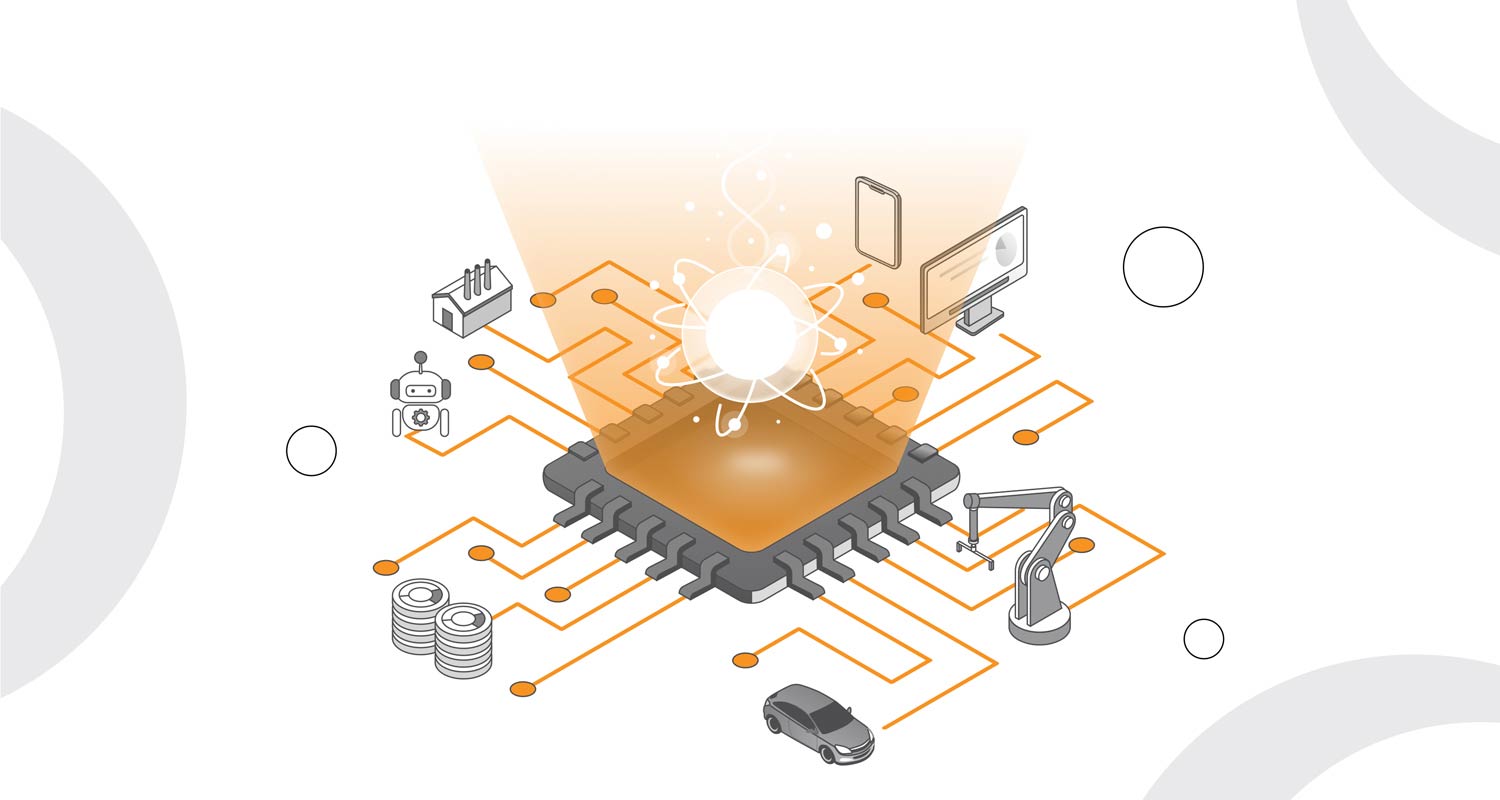
Let’s get real
The impacts of AIoT are being felt across industries. In the healthcare sector, for example, remote patient monitoring has enabled a whole new level of care. Consulting specialists 8allocate reported an interesting case study for the Mayo Clinic, which implemented AIoT to monitor ICU patients in real time, continuously tracking their vital signs to predict potential complications. The implementation helped to reduce ICU stay times by 20% and improved patient outcomes overall. It also enabled better optimisation of hospital resources.
In another case study reported, General Electric implemented AIoT across its jet engine manufacturing facilities with the goal of accurately identifying maintenance and quality issues before problems arose. By analysing real-time data from thousands of sensors, AIoT successfully predicted the maintenance needed, decreasing unscheduled downtime by 25% while also reducing operational costs.
Learn more about IoT use cases
Future is closer than we think
Experts believe that by 2030, AIoT could be as fundamental to business operations as electricity is to modern life. Already we’re seeing predictive analytics becoming the norm, the emergence of self-optimising systems able to autonomously adapt, and a blurring of the line between physical and digital operations.
Disruption is inevitable. Industries that don’t adapt risk being left behind. The consideration is not around whether to implement AIoT but rather, how quickly you can begin the transformation.
“Those who seize this opportunity will not only lead, they will redefine their industries,” says Farquharson. “The question is how swiftly and strategically they can integrate these technologies, turning challenges into not only opportunities but market advantages.”
Connectivity counts
There is one challenge with which many businesses seem to struggle: AIoT is only as good as its connectivity. When systems can’t communicate effectively, the impact can be significant. One minute of downtime in a smart factory can cost thousands in lost production, for example.
For this reason, modern AIoT solutions demand more than connectivity – they need intelligent, adaptive networking that can handle everything from high-bandwidth video streams to low-power sensor data. A bit like the intricate inner workings of the human nervous system, AIoT requires reliable pathways to function effectively.
Whether your sensors are in Sandton or Singapore, Lagos or London, geographic boundaries shouldn’t limit your operation’s intelligence. AI needs to receive and act on data in real time.
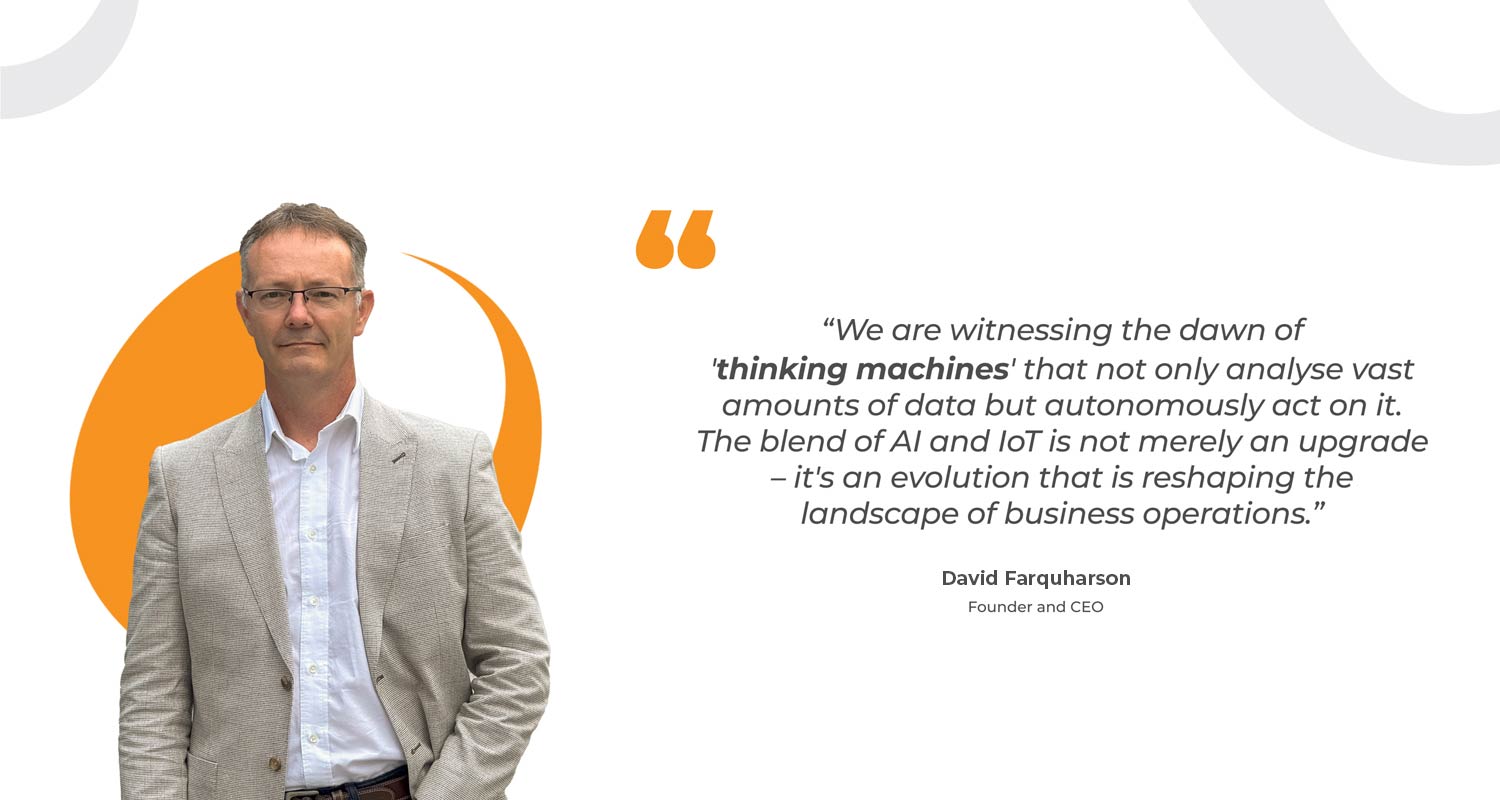 But global scale brings its own set of challenges to the mix. How do you maintain consistent performance across different regions, for instance?
But global scale brings its own set of challenges to the mix. How do you maintain consistent performance across different regions, for instance?
The answer lies in smart connectivity solutions. In fact, recent studies by IoT Analytics have shown that organisations which implement multi-network solutions see a 35% improvement in operational reliability.
Need resilient, global enterprise IoT connectivity? Try this
“Connectivity is the cornerstone of operational intelligence and is essential to robust operations,” says Farquharson. As businesses extend their reach across geographies, maintaining consistent communication can become more difficult, he says. “Intelligent connectivity is crucial for AI systems to react and adjust in real time. By bridging regional divides with smart connectivity solutions, companies can improve their operational reliability while also protecting themselves against the complexities and unpredictability of the global landscape. FlexiSIM, our intelligent network switching Sim for enterprise IoT connectivity, solves this challenge, allowing you to connect your devices in more than 189 countries, on over 700 carriers.”
Closing the gap
The bridge between thinking and doing is no longer a concept of the future – it’s here now. For leaders looking to stay competitive, AIoT isn’t something to tack onto the five-year plan; it’s something to table at the next board meeting.
But where do you start? The first step is understanding where and how AIoT can create the most value in your business. The second is ensuring you have the right trusted partner who fully understands the connectivity infrastructure required to support it. We’re ready to help – schedule a free demo with our team to find out more. You can also follow us on LinkedIn and Facebook, where we share insights, trends, use cases, and industry news every week.
About iONLINE
iONLINE Connected Networks is a leading connectivity provider that delivers cutting-edge technology solutions to businesses around the world. iONLINE’s flagship product is its multi-network-resilient global IoT connectivity solution, an intelligent network switching Sim (eUICC) called FlexiSIM, which connects in 189+ countries, on over 700 carriers. With offices in South Africa, the UK, the US and Australia, iONLINE is dedicated to providing exceptional customer service and ensuring that its clients remain connected in a constantly changing world. iONLINE is committed to promoting positive change for both society and the environment, reflecting its dedication to corporate social responsibility. Visit www.ionlinesp.com to learn more.
- Read more articles by iONLINE Connected Networks on TechCentral
- This promoted content was paid for by the party concerned

